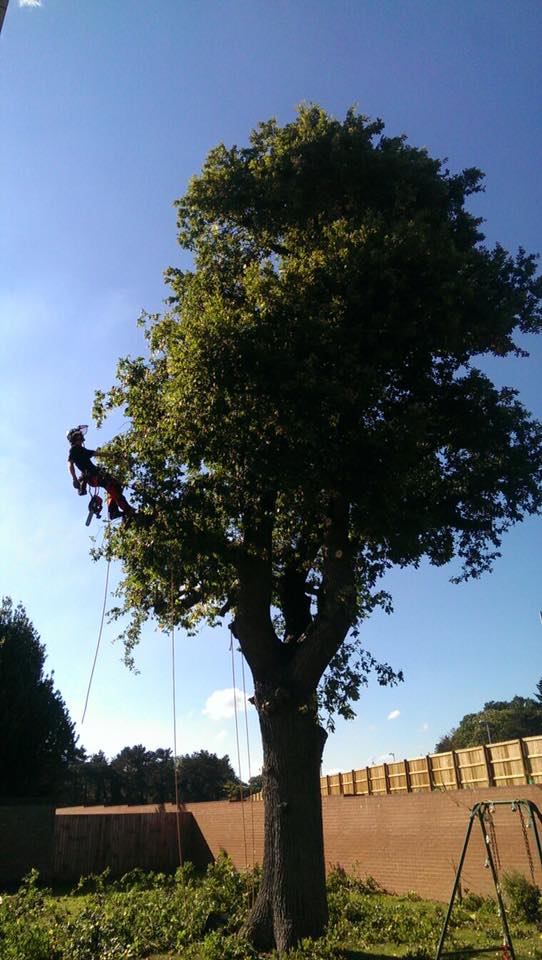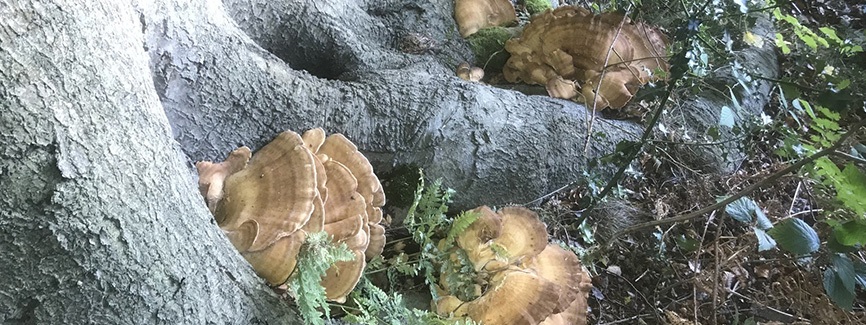Just like animals, plants/trees have an immune system that resists insect and microbes infestation to keep the tree healthy. However, when the immune system is unable to resist these infections, the tree gets sick, and it can die if not treated. You should look out for the signs that show your tree is sick so that you can act swiftly.
There are some factors that predispose a tree into getting sick. For instance, if you plant a tree and then add a lot of topsoil/eroded soil to the root flare, you might be predisposing the tree to get sick or even dying. First of all, the excess topsoil reduces the amount of oxygen available to the roots. This is not good because the roots require the availability of oxygen for processes like nitrogen fixation. Secondly, if a tree has excess topsoil or mulch, there is a high chance that the tree will retain a lot of moisture which can cause rotting. Alternatively, excess mulch might be a habitat for some insects that feed on the plant or transmit diseases.
How can you tell if a tree is sick?
There are some signs you can look out for to determine whether or not a tree is diseased. Here are some of the signs:
1) Discoloured and dropping foliage
In most trees, healthy foliage is supposed to be bright green. Therefore, if your tree’s foliage starts to turn yellow or brown, the root system of the tree has been damaged by drought or flooding. The root system is responsible for absorbing water and nutrients from the soil up to the leaves for photosynthesis.

Drought – if drought is the main reason why the leaves of your tree are dropping or getting discoloured, you need to run a soaker hose around the tree. The hose should start 1 foot from the trunk to the edge of the canopy. The soaker hose should run for about 45 minutes. This should be repeated twice or thrice a month depending on rainfall reliability.
Flood – after a flood, the tree may take 2 – 3 weeks before showing any signs of damage. After the water has receded, remove damaged limbs and then carry out a soil test to determine the level of minerals.
2) Oozing through bark
This is a sign that the tree had a fungal/insect infection and required immediate attention. If the tree has a healthy immune system, it will take some time, but it will heal itself. However, if the immune system is too weak, you need to hire a certified arborist to carefully assess the tree and advise you on what should be done to save the tree. In addition, the arborist will check the tree regularly to assess its development and healing process.
Depending on the condition of your tree, the two main ways of dealing with a sick tree is treatment or removal. Treatment is recommended if the disease is in its early stages and there is a probability that it can be healed. However, if the tree cannot be treated, it is wise to remove it to avoid putting the buildings or other people at risk. If the tree lives for decades or centuries, death is a part of their ecological cycle. Therefore, you can decide to wait or have it removed to avoid possible injuries or damages. There are advantages and disadvantages to removing or treating the sick trees. Therefore, talking to a certified arborist to evaluate the pros and cons of each is advisable.

